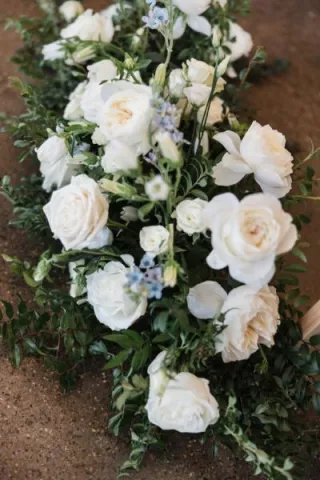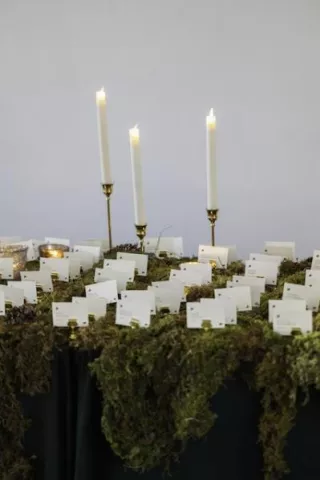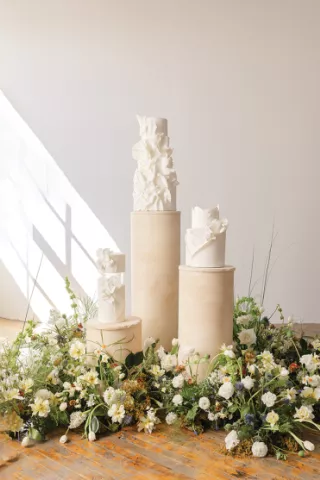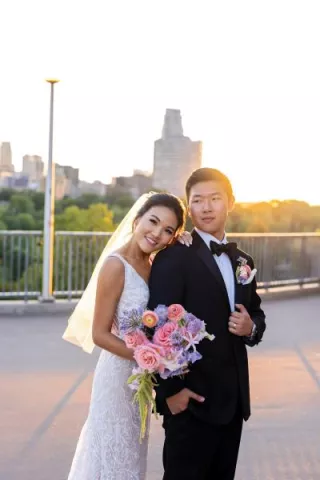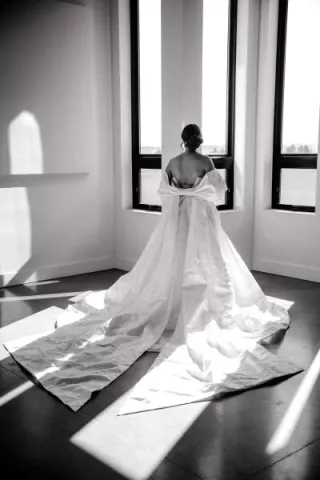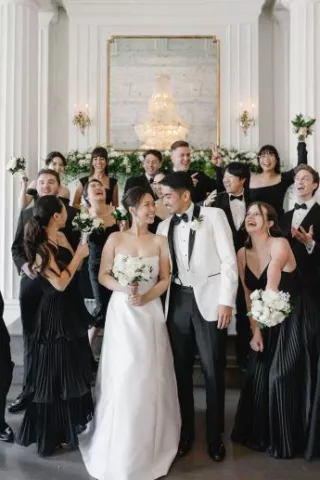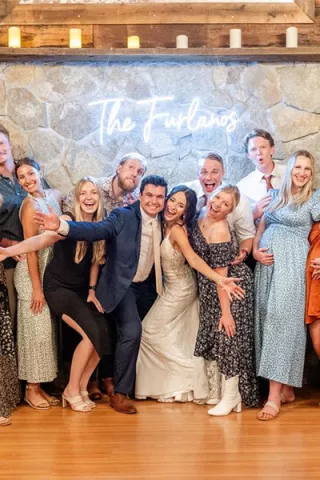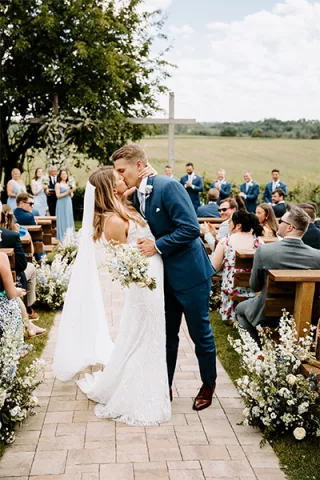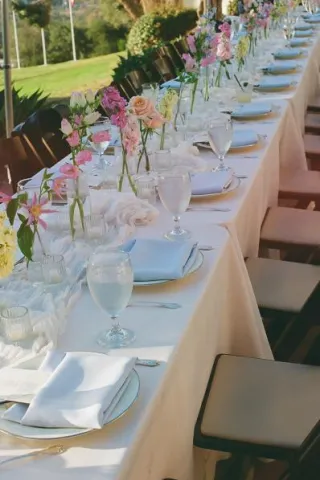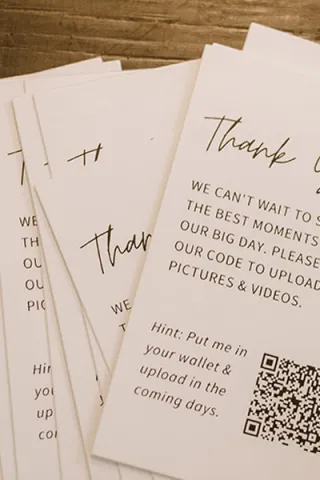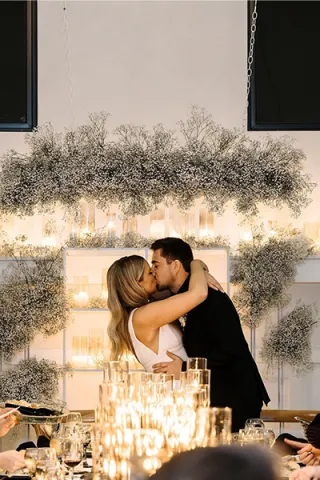Photojournalism
What was once just a niche, “photojournalistic” wedding photography is now almost considered traditional, says Minneapolis photographer Hilary Bullock, who is generally credited with introducing the style to the Twin Cities in the early-90s. Sometimes referred to as “documentary” or “editorial,” the style involves capturing candid moments throughout the wedding day. To some photographers, shooting candids means unobtrusively documenting the events of the day as it unfolds—Mom adjusting the bride’s dress, tears trickling down Dad’s face, the flower girl tossing petals or high school buddies re-connecting. To others, it’s capturing more scripted scenes, such as the couple tossing a garter from the limo window, or walking hand-in-hand into the sunset. Regardless, the photos shouldn’t be just random snapshots, says metro-area shooter Dan Magnuson; they still need be well composed, and generally incorporate the elements of professional photography like good lighting and proper focus.
Special Effects
The way a photographer shoots the picture—the composition, the camera angle, the exposure, and even the center and depth of focus—determines much of how the final image will appear. But photographers can also change the photos after they’ve been shot. In addition to turning color images to black and white or sepia-toned, many photographers use programs like Photoshop to create all sorts of special effects for formal portraits and candid photos alike. One image—or part of an image—can be set inside another. Borders or text can be added. Edges can be blurred or darkened. Star-shaped highlights can be added. (The latter two effects are also sometimes done in-camera using special filters or lenses.) Christina Knoche of Maplewood-based Photo Creations by Christina uses a program to “hand-color” some of her images, so that only certain elements, such as the flowers, stand out within a black-and-white photo.
Formal
Traditional wedding portraiture follows several old-style rules: In photos of the wedding party, for example, the bride and groom should be in the center, flanked by men on one side and women on the other. More formal weddings—evening weddings held at the Basilica, for example—tend to lean in this direction. The degree of formality can vary, however. When the nuptials are more casual—a summer afternoon wedding at the Lake Como Pavilion, say—family and wedding party pictures tend to follow suit. Here the bride and groom might pose at the top of the steps, surrounded by couples standing next to each other, says Jim Mims of Mims Photography in St. Paul. A more casual style might feature some couples sitting and some standing, or grouped more loosely with plenty of space.
